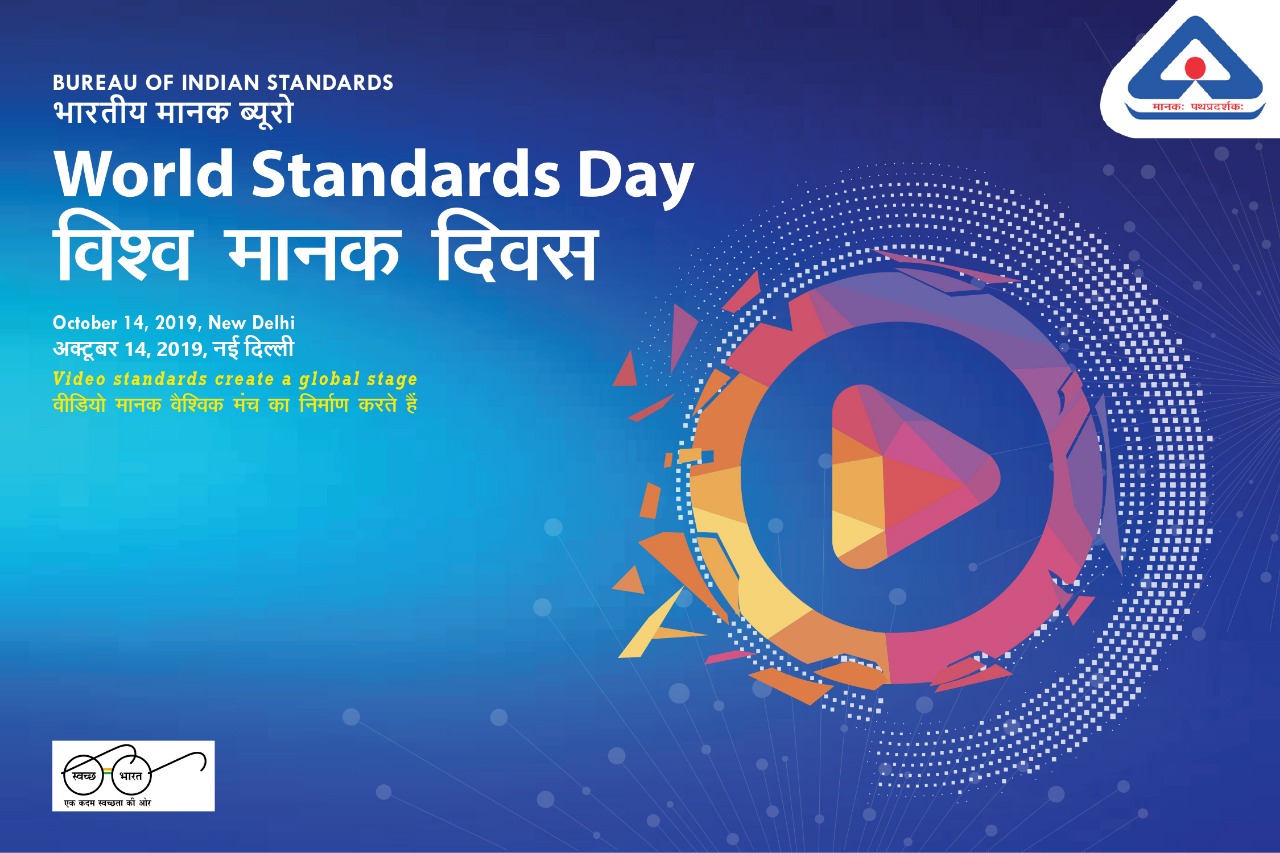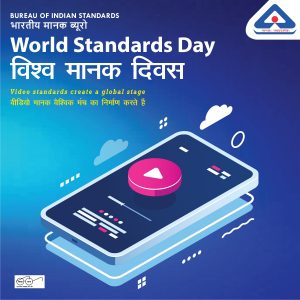

Setting video standards is imperative. In the modern world, we can’t think of a world without video. Be it television or any social media site, video has influenced our lives in a manner such that we can’t live without them. During the late 20th century video cameras made their presence in the frame of our lives as an entertainment tool. Now with digital advancement especially in the world of video, mobile users who encompass almost everyone, swear by face-to-face communication with video.

Today, video applications have spread into many areas like education, health care, entertainment, surveillance and much more. Video applications are fast forwarding the utility of their applications into the next generation and the ‘next big thing’ is the priority of patented players. Interactive displays, digital signage and reflective displays are a part of the advanced digital trend. Marketing statistics reveal that video will consume more than 80% trend of the global Internet traffic. Research indicates a significant surge in Over The Top (OTT), online gaming and digital advertising. The Indian entertainment and media industry is inclined to reach a whopping 4,51,373 crore turnover by 2023 growing at a Compounded Annual Growth Rate (CAGR) of 11.28% between 2018-23. Video codes are used in a range of applications particularly in those of recording or transmission which may not be feasible with high data volumes and bandwidths of uncompressed video.
As always, ‘standards’ have played a significant role in the evolution of video technologies. Video standards play an important role in reducing the size of the video, thus reducing the required storage space and bandwidth. In the past 2 decades, video technology has taken a quantum leap requiring very high data and bandwidth.
All said and done, Bureau of Indian Standards (BIS) is actively involved in setting video standards in India through the technical committee LITD 23 ‘Coding and processing of audio,picture,multimedia and hypermedia information’ which is National Mirror Committee of “ISO / IEC JTC 1 / SC 29 Coding of audio, picture, multimedia and hypermedia information”. BIS has prepared indigenous standards for Set top Boxes for Cable TV, DTH, Terrestrial TV and Internet Protocol Television (IPTV). The BIS committee has also prepared indigenous standards on Optical Fibres Network for enabling high speed data transmission and in preparing standards for NextGen LEDs and advanced TV standards. The BIS mark also sets standards for authenticating video technology by maintaining its pace with the rapidly growing virtual segments. BIS sets standards within the parameters of quality by augmenting the satisfaction quotient of the end user.
Written by:

Comments
Title : One thought on “Setting video standards – another prerogative of BIS”
awesome information.